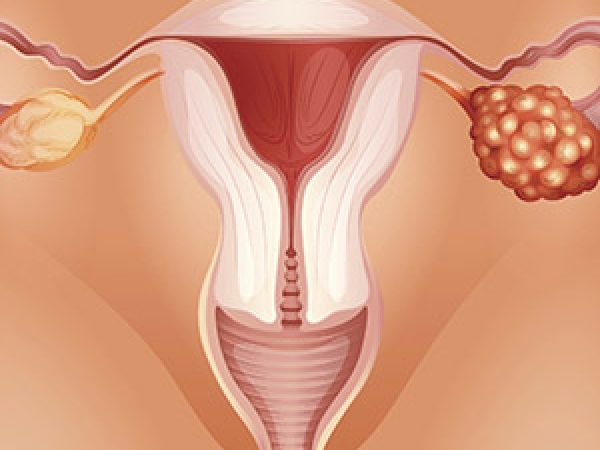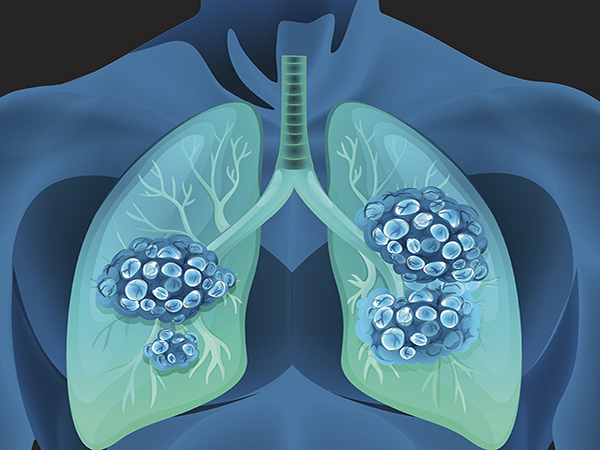Putting Patients at the Center of Cancer Health Disparities Research
As the virtual 14th AACR Conference on the Science of Cancer Health Disparities in Racial/Ethnic Minorities and the Medically Underserved got underway on Wednesday, a trio of keynote speakers provided different perspectives on this critical field of research. The speakers included the head of an NCI-designated Cancer Center; the recipient of an esteemed AACR award; and a patient.
The patient, Loriana Hernandez-Aldama, expressed amazement that the keynote session of a major scientific conference featured a patient advocate. Her participation is a positive step toward putting patients at the heart of the conversation on cancer health disparities, she said.
“This speaks volumes about how far we’ve come,” she said. “Advocates are being heard. You hear us, you see us, like never before.”
Hernandez-Aldama, who has previously shared her story with Cancer Today, was diagnosed with acute myeloid leukemia (AML) in 2014, and with breast cancer in 2020. While she is doing well physically, she struggles with depression and the emotional fallout of cancer treatment that included chemotherapy and a bone marrow transplant for her AML and a double mastectomy to treat her breast cancer.
She believes that considering patients’ emotional needs could open the door to a more inclusive model of patient care—one that could benefit more patients from underserved populations. Hernandez-Aldama posed a challenge to the thousands of researchers tuning in for the Disparities conference: to consider patients’ full range of needs as they treat their cancer.
“If you can keep us mentally, physically, emotionally, and financially stable … if you can keep us in the game, we can stay in there longer and take more of your latest innovation.”
Patient care was also at the core of the 2021 AACR Distinguished Lectureship on the Science of Cancer Health Disparities. This year’s honoree, Graham A. Colditz, MD, DrPh, Niess-Gain Professor at Washington University School of Medicine in St. Louis, Missouri, discussed a program that aimed to reduce breast cancer mortality rates among Black women in the St. Louis area through consistent community-based interventions.
As previous research has shown, progress against breast cancer has not benefited all women equally: Advances in early detection and treatment have improved overall survival from breast cancer in the United States, but Black women face a 39 percent higher mortality rate than white women, despite similar incidence rates.
Colditz shared a study that modeled how different variables contribute to the excess mortality risk faced by Black breast cancer patients in the St. Louis area. He and colleagues found that women who did not have health insurance were more than twice as likely to die of breast cancer than women who were insured. They also estimated that 72.5 percent of excess mortality among the uninsured was due to stage at diagnosis, suggesting that early detection is critically important.
These statistics provide support for the Program for the Elimination of Cancer Disparities (PECaD), a Siteman program established in 2003. This program launched a broad range of local outreach efforts, including faith-based programs and training strategies for community health workers. Since 2007, PECaD’s Breast Cancer Community Partnership has focused on narrowing disparities through prevention campaigns and efforts to improve health literacy, as well as boosting screening with a mammography van that visits neighborhoods where women typically have trouble accessing health care.
The program has begun to make inroads, Colditz said. In 2000, stage 3 and 4 diagnoses accounted for 32 percent of all breast cancer diagnoses in Black women in the area served by PECaD. In 2019, that figure was down to 16.4 percent.
“We’ve learned lessons along the way,” Colditz said. “Support for various components of a program can change, and public policies can change.” He suggested that cancer centers can fight disparities with a multitude of strategies, including working to diversify clinical trials and acknowledging disparities research as an important component of researchers’ work.
The multifaceted, community-based approach to address cancer disparities was also championed by Robert A. Winn, MD, director of the VCU Massey Cancer Center in Richmond, Virginia. He pointed out that the disparities plaguing underserved populations today are the result of decades of damaging decisions—from real estate redlining that created neighborhoods without sufficient resources to failure to acknowledge biological differences between races.
The persistent disparities mean that as scientists make steady progress against cancer, too many Americans don’t receive the benefit, he said.
“The distribution of ‘miracle cures’ is unequally divided,” he said, citing immunotherapy as one example. A study presented in another session at the meeting found real-world evidence that when Black patients with lung cancer had access to immunotherapy, they were less likely to die of their disease than white patients in the study population.
Winn said that besides working to ensure equal access to quality cancer treatments, physicians and scientists must also work to build trust in the communities they serve.
“Science is necessary, but not sufficient, to really eradicate cancer. We also need the science of trustworthiness,” he said. “We hope we will inspire a generation of people, including basic, translational, and behavioral scientists, to tear down their siloes so that we are working for one goal, one team, one fight. That’s to eradicate cancer and to eradicate disparities wherever they exist.”



